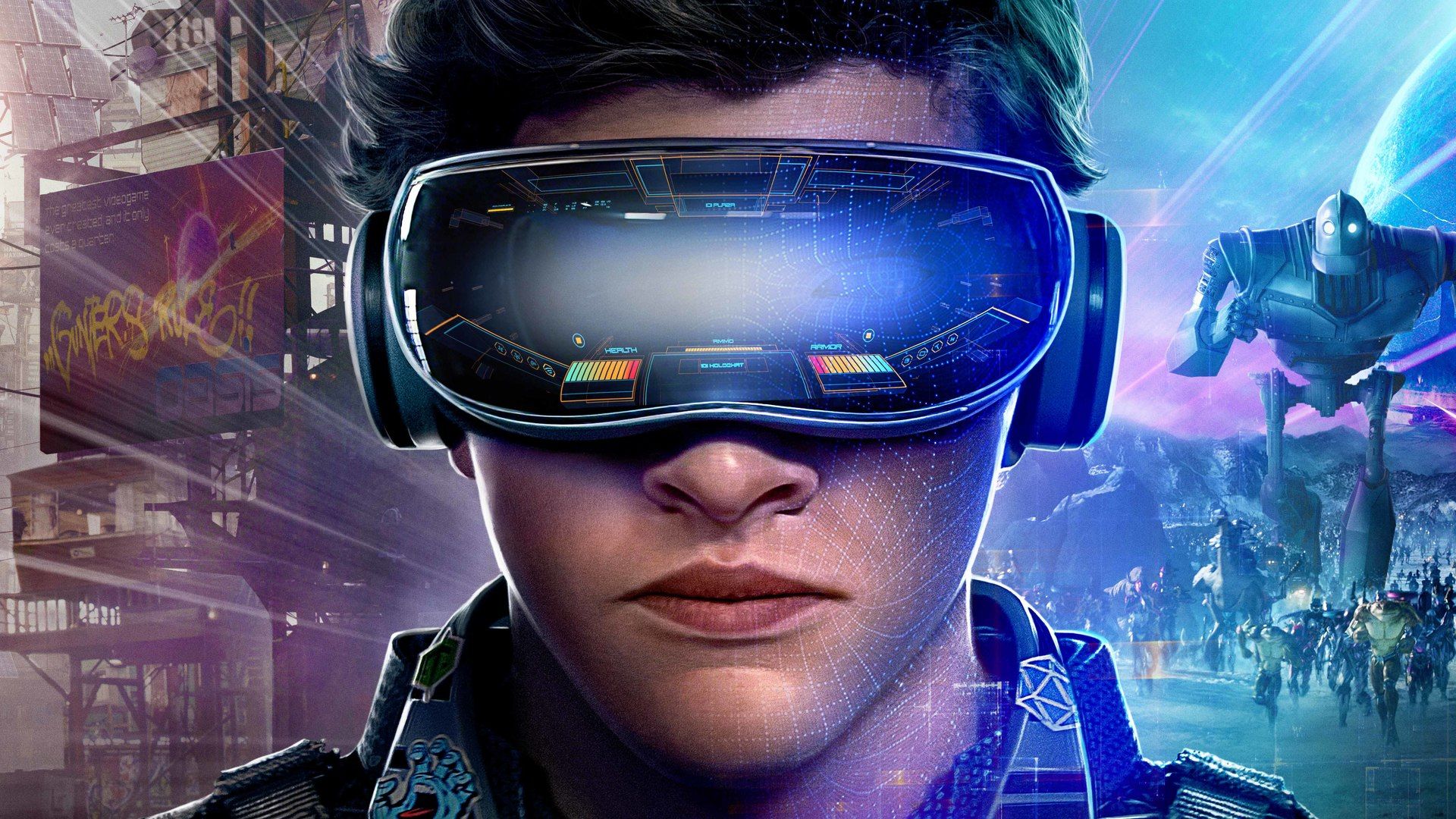Cloud Gaming — Part 1

Since the days of the early arcades to the recent past, games have largely been tied to their hardware. Whether this was an arcade cabinet, Playstation or high-spec PC this limited the market to enthusiasts who were willing to travel to an arcade or make the investment in the hardware at home. As a result, games were typically designed for the "hardcore" gaming crowd up until the early 21st Century.
As at-home consoles became more affordable and widespread, game developers began to produce games that appealed to the "casual" audience. Developed around popular IP such as sports or games that were more story-driven and accessible.
In the 2010s the gaming market exploded in size as casual gaming came first to platforms like Facebook (e.g Farmville) and then quickly migrated to smartphones. Mobile gaming quickly overtook the traditional gaming market as developers realised they could target huge audiences and the freemium model was far more profitable then selling individual titles.
The most recent evolution of this trend was the evolution of freemium games to the games as a service (Fortnite, Warzone) and platform models (Roblox). These games were disassociated from the hardware allowing gamers to play games like Fortnite for free across mutliple platforms, taking their premium cosmetics with them.
However, these games are still limited in many ways by the hardware. The combination of needing to be playable on as many user devices as possible and the cost of running servers limits the scale and complexity of these games.
Cloud gaming presents the natural next step in this disassociation of hardware and creating a service that could be truly called a metaverse, but there are still a number of hurdles to overcome.
Early cloud gaming services launched by players such as Google, Nvidia, Sony & Microsoft have largely missed the mark.
Why Google Stadia Failed
Google Stadia was announced with the usual fanfare in 2018, but made the same critical error as the ill-fated OnLive. Stadia targeted hardcore gaming audiences that didn't have access to the hardware required to play AAA games such as Assassins Creed or Cyberpunk. Fundamentally this is a niche market. If you're passionate enough to pay for a Stadia subscription and buy €60 games and have a fast enough connection to stream them, you will likely just buy a console for €2-300.
Even worse, Stadia required you to purchase games which would only be available on the Stadia platform (although there were also some free-to-play games). Regardless of Google's reputations for sunsetting services without warning, this is very unattractive for most gamers. Especially so in the context of Microsoft Game Pass and PS Plus, where a subscription gave you access to wide gaming library.
Stadia was also close to useless for high speed multiplayer gaming, e.g. Apex Legends. The extra step of transmitting input to the Stadia servers to EA's servers meant that latency is too high to feel competitive. You'd have a better experience playing Fortnite on an old iPhone.
What Stadia was missing was a cloud-only title that provided an experience that was impossible. Google did hire its own gaming studio, but the direction was largely aimed at creating its on AAA titles — requiring it to go toe-to-toe with industry behemoths and was never going to have a enough time to come to market.
xCloud & PS Now
But what about xCloud and PS Now? Similar to Stadia these services are game streaming as opposed to cloud gaming, designed to be supplementary to your Xbox and Playstation. These services make a lot of sense in the context of their respective susbscription services, but are largely iterative on the status quo.
Finding the OASIS

Ready Player One's OASIS is an oft-cited example of the future of cloud gaming and how this could intersect with VR. It's a tantalising prospect, being able to access an immersive, vast gaming experience anywhere with a VR headset and internet connection (although RPO's world is still loosely tied to tiers of hardware).
There are a number of key hurdles to overcome to reach this point, as it will require a complete overhaul of the way that games are developed and delivered. Companies like Hadean are building some of the early tools, but we're still missing the engines and infrastructure to create a seamless experience.
In another essay, I'll look at some of these technology gaps and some of the startups that are trying to fill them.
